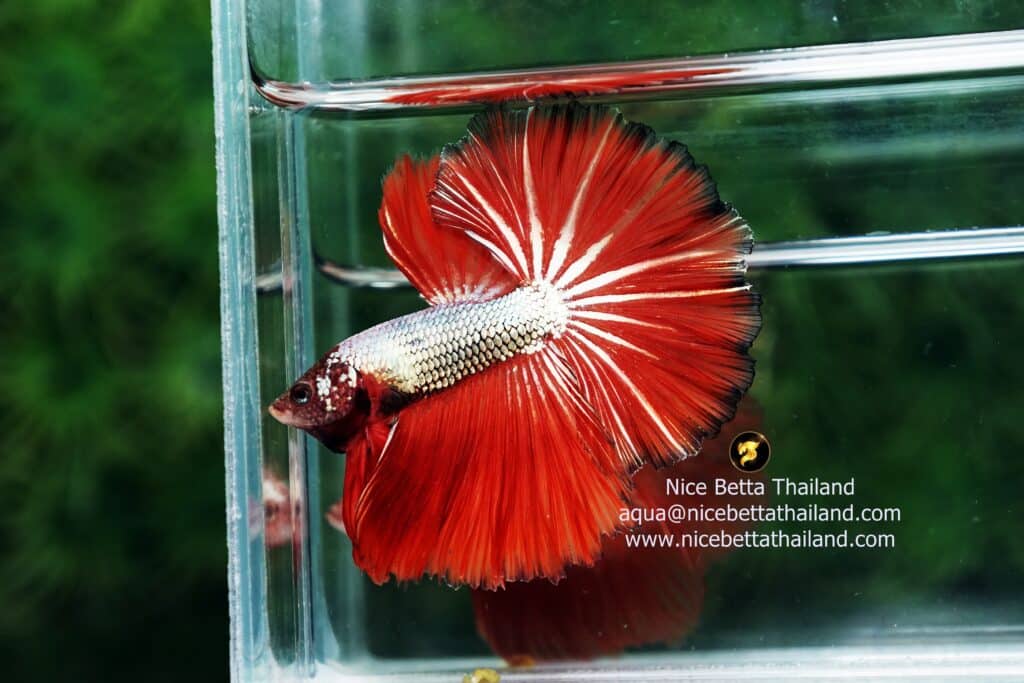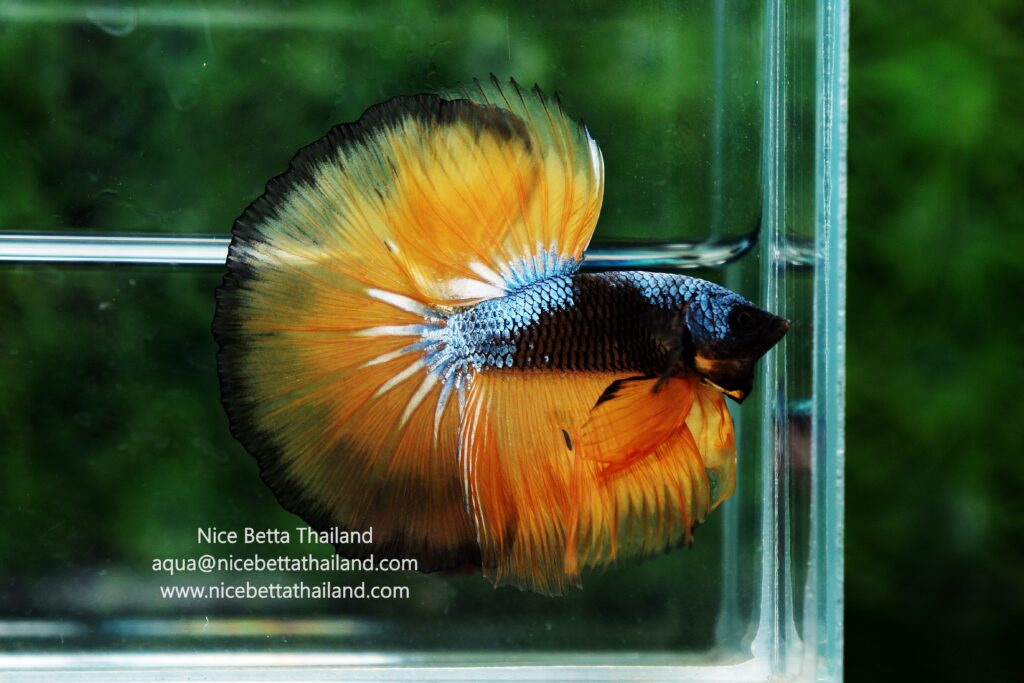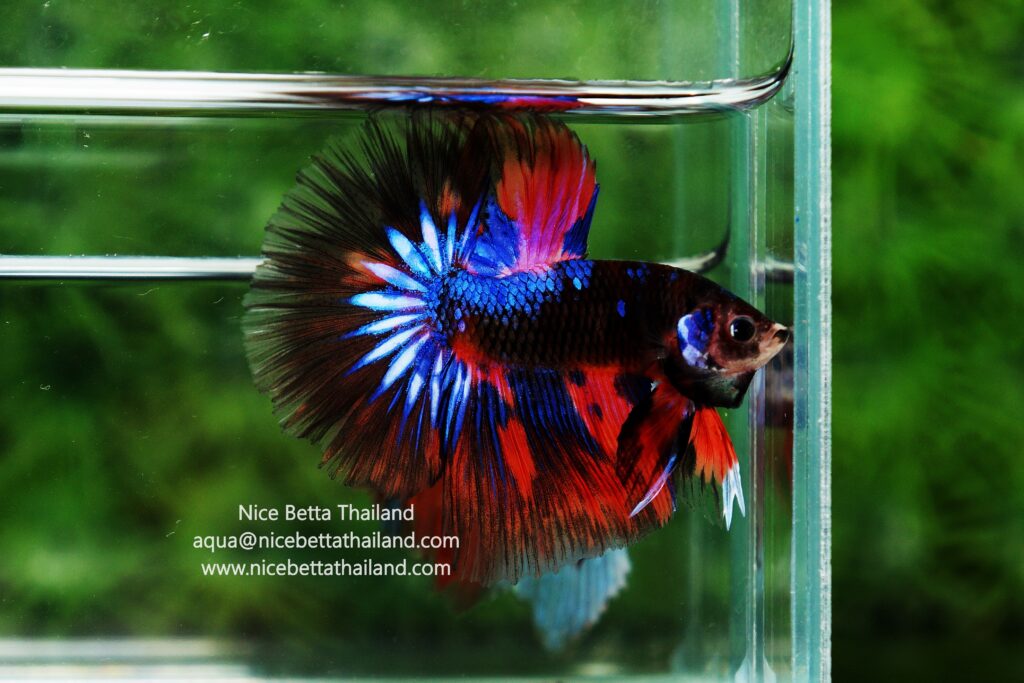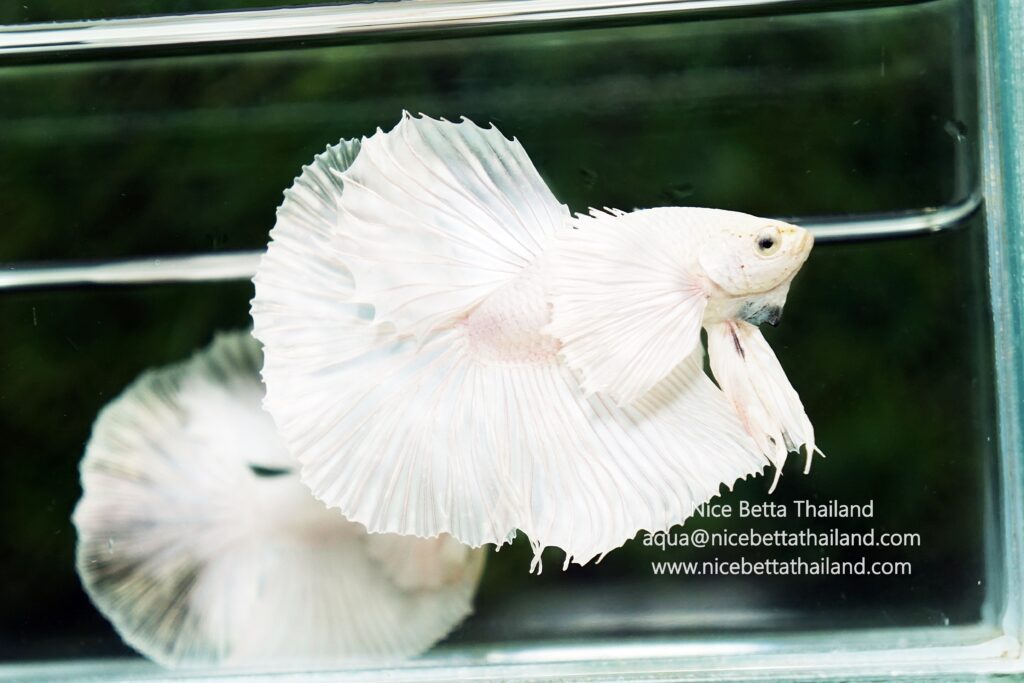PREVENTION is better than cure. Danger signs with your fishes. Few aquarists are not familiar with that age-old adage. Yet how many are aware of its import in modern aquatics?
Too few for their own good and for the good of their stock, for though the last decade has seen many important advances in the treatment of diseases in freshwater fish, our knowledge of their internal diseases and disturbances is still relatively scant. Certainly scant enough anyway to make the recognition of general disease symptoms of the utmost importance in the treatment of ailing stock, the prevention of tank epidemics and the general understanding of water-borne infections.
The intention of this article therefore is to elaborate the general indications by which an upset in aquarium health can be recognised.

Not that the diagnosis of any disease can usually be made without proper investigation and, if possible, extended observation of the ‘patient’. And the fish, an actively mobile aquatic creature, necessarily shows its own characteristic range of symptoms.
One of the first to be observed, for instance, is usually a change in the normal mode of swimming. Locomotion, obviously out of control, becomes aimless: the fish swims jerkily and in small circles, is unable to maintain an even keel, or to raise itself should it sink to the bottom. In extreme cases the loss of equilibrium can go so far as to make the fish swim upside down, abdomen turned towards the surface. And if symptoms like these appear amongst betta fish under observation, one specimen should be sacrificed for investigation, for symptoms of disease in fishes can differ according to its particular nature.
Even so, there are several other common denominators by which it is possible to recognise whether or not a betta fish is in good health:

Contours
Healthy fishes show clean, plump bodies and erect, untorn, not ragged fins. A persistently clamped dorsal fin is a sure sign of ill-health for which a remedy should be sought, be it due to nothing more than too low a tank temperature.
Swelling of the belly on the other hand – other than in egg-bearing females or pregnant live bearers – may he due to internal parasites, in which case blood-flecked excrement and associated enteritis should be evident, or more commonly it is caused by dropsy, whereupon the accumulated fluid can often be evacuated by means of a hypodermic needle.

Coloration
Loss of colour and general pallor is a typical and alarming sign usually caused by metabolic or circulatory disturbances. Bacteria and microsporidia, affecting the skin or the muscles, may also cause the same symptoms. On the other hand, discoloration may occur temporarily through lack of light or oxygen, or both: it can occur if a fish is frightened, or if a strong light is shone into a tank which has been in darkness for some time, while females of some species often lose colour after spawning.
If discoloration occurs without apparent cause, however, and if it continues for some time, it can be taken as symptomatic of disease.

Diseases of the skin
such as fungus, ich and velvet can frequently be recognised not only by discoloration of the body, the appearance of small blood-stained patches (echymoses) in the skin and muscles and the formation of a grey slime, white spots or ragged white or brown patches, but by the behaviour of the affected fish, when irritation causes it to rub its body against stones, plants or other surfaces.The latter can also be indicative of minor digestive upsets in greedily-feeding fishes like barbs though, when a pinch of bicarbonate, or a few drops of whisky, added to the water prove ideal remedies.

Respiration and appetite
The respiratory rate of healthy fish depends largely on their size, metabolic rate and surrounding water temperature Irrespective of pace, however, the rate should be regular and without any bursts of gasping. Otherwise, pale gill sheets is an inevitable sign of ill-health, those of healthy fishes appearing bright pink unless the gills are pigmented as in the fighting fish Betta splendens.
The recognition of feeding anomalies is extremely difficult, for complete refusal to feed is not necessarilv a sign of illness. ~Many fish fast while their ovaries mature simply because their enormously swollen ovaries leave no space for the dilation of their stomachs and intestines – so, many fish, notably the Pterophyllum species, may take only one kind of special food and starve to death if this is not available.
On the other hand loss of appetite (anorexia) may he subsidiary to several other causes, the least harmful of which can be a simple rise in tank temperature. If accompanied by swelling of the belly, however, particularly amongst fish with laterally compressed bodies, it is usually indicative of constipation.
Also we have group talk about betta fish for sale and share any new tip take care information on Web3 socialFi group

Right now we have betta fish doctor help every bettas lover by top breeder in Thailand to cure or share more tip on Animalverse social
If your bettas fish sick or need tip to treat help or join event prize with AVC Token
Let’s join the group many top breeder will help to answers in betta fish community
More tip :
Benefits Of Tannins Or Blackwater For Bettas.
15 Common Betta Fish Diseases Prevention and Treatment
How to Keep a Betta Fish Alive for 4 Years
Why does my betta fish stay at the bottom of the tank
The most expensive betta fish in the world.
All of Betta Fish A Guide on Patterns, Color in the world






